Home>diy>Building & Construction>How Much Does It Cost To Build An Apartment Building
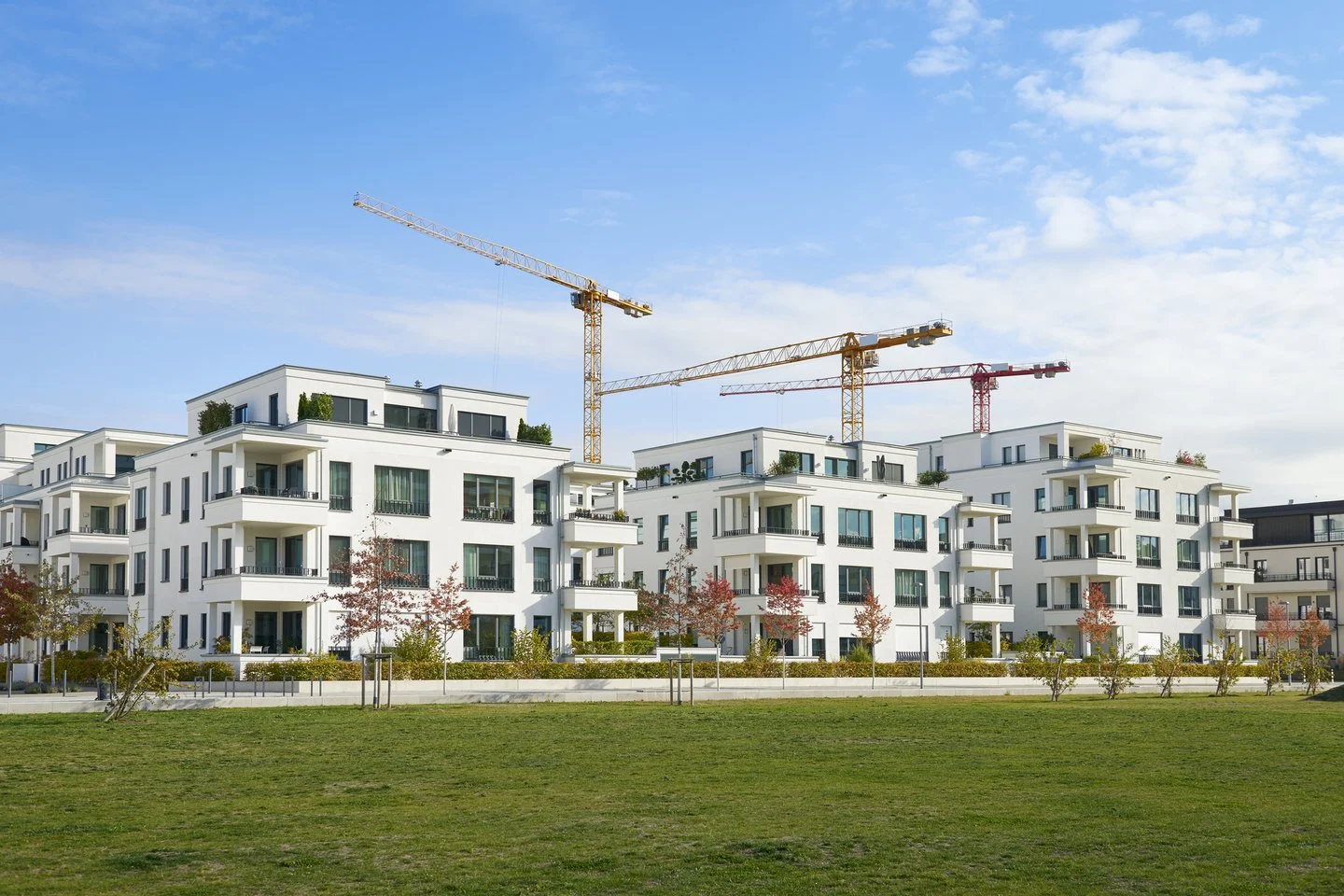

Building & Construction
How Much Does It Cost To Build An Apartment Building
Modified: February 24, 2024
Find out the estimated cost of building an apartment building with our comprehensive guide. Get insights and tips on construction costs, materials, and more.
(Many of the links in this article redirect to a specific reviewed product. Your purchase of these products through affiliate links helps to generate commission for Storables.com, at no extra cost. Learn more)
Introduction
Building an apartment building is a complex and multifaceted process that requires careful planning and consideration. Whether you’re a developer looking to invest in a new project or a homeowner dreaming of owning an apartment building, one of the most important factors to consider is the cost.
Understanding the factors that affect the cost of building an apartment building is crucial in order to make informed decisions and set realistic expectations. From land acquisition costs to construction materials, labor expenses to design fees, there are numerous aspects that contribute to the total cost.
In this article, we will explore the different factors that influence the cost of building an apartment building. By delving into each aspect, you will gain valuable insights into the various expenses involved in the construction process.
It’s important to note that the costs mentioned may vary depending on various factors such as location, size of the building, design complexity, and local regulations. However, by understanding the broad components of cost, you will be better equipped to estimate and plan for your project.
So, let’s dive into the factors that influence the cost of building an apartment building and gain a comprehensive understanding of the expenses involved.
Key Takeaways:
- Building an apartment building involves various cost factors such as location, design, materials, labor, permits, and contingencies. Thorough planning and budgeting are essential for a successful and profitable project.
- Understanding the unique aspects of each cost factor, including land acquisition, interior finishes, and landscaping, is crucial for effective budget planning and risk mitigation in apartment building construction.
Read more: How Much Does Apartment Building Cost
Factors Affecting the Cost of Building an Apartment Building
Building an apartment building involves several factors that can significantly impact the overall cost of the project. Understanding these factors is essential for effective budget planning and decision-making. Let’s explore the key factors that affect the cost of building an apartment building:
- Location: The location of the property plays a crucial role in determining the cost of construction. Factors such as the cost of land, accessibility, local labor rates, and building regulations can vary significantly from one location to another. Developing an apartment building in a prime location in a bustling city center, for example, may come with higher land costs and stricter building codes, affecting the overall construction expenses.
- Size and Layout: The size and layout of the apartment building directly impact the construction costs. Larger buildings typically require more materials and labor, resulting in higher expenses. Additionally, the layout and design complexity can affect construction efficiency, material usage, and labor requirements, all of which contribute to the overall cost of the project.
- Design and Architectural Features: The architectural design and features of the apartment building can significantly impact the cost. Complex and intricate designs may require more time and expertise from architects and engineers, leading to higher design and architectural fees. Innovative or unique features such as sustainable technologies, special materials, or premium finishes can also add to the construction costs.
- Construction Materials: The choice of construction materials can greatly influence the cost of building an apartment building. Materials such as concrete, steel, brick, and wood each come with their own price points and installation requirements. Additionally, the quality and finishing of materials, such as flooring, fixtures, and cabinetry, can impact the overall cost. Balancing quality and cost-effectiveness is essential to stay within budget.
- Labor Costs: Labor costs constitute a significant portion of the overall construction expenses. The availability of skilled labor, wage rates, and the complexity of the project can all affect labor costs. Additionally, factors like the construction timeline, unions, and prevailing wage laws can impact labor expenses. It’s crucial to work with reliable contractors and subcontractors to ensure skilled workmanship at optimal pricing.
- Permits and Inspections: Obtaining the necessary permits and completing inspections throughout the construction process incur additional costs. Permit fees, impact fees, and inspection fees can vary based on local regulations and the scope of the project. It’s crucial to allocate a budget for these expenses and factor in the time required for the permit approval process.
- Site Preparation and Excavation Costs: The condition of the construction site and the terrain can impact the site preparation and excavation costs. Clearing the land, leveling the site, and addressing any soil conditions or drainage issues can add to the overall expenses. Additionally, if existing structures need to be demolished or utilities need to be relocated, these additional tasks can further increase the costs.
These are just a few of the key factors that can affect the cost of building an apartment building. It’s important to conduct thorough research and consult with professionals to accurately estimate the expenses involved in your specific project.
Land Acquisition Costs
When building an apartment building, one of the first and most significant expenses you will encounter is the cost of acquiring the land. The location, size, and desirability of the land will all influence its price. Here are some key considerations regarding land acquisition costs:
- Location: The location of the land plays a crucial role in determining its cost. Properties in prime locations, such as downtown areas or highly sought-after neighborhoods, tend to command higher prices. Factors like proximity to amenities, transportation networks, and schools can significantly influence land values.
- Size: The size of the land required for your apartment building project will impact the acquisition cost. Larger plots of land typically come with a higher price tag. It’s important to carefully consider the size requirements of your building and consult with a land surveyor or architect to determine the optimal size of the land parcel you need.
- Market Conditions: Market conditions can also impact land prices. In a highly competitive real estate market with high demand, land prices may be driven up. Conversely, during economic downturns or in areas with limited demand, land prices may be more favorable. Keeping an eye on market trends and consulting with local real estate professionals can help you gauge the current land acquisition costs.
- Zoning and Regulations: The zoning restrictions and local regulations in the area where you plan to build your apartment building can also affect land acquisition costs. Some areas may have specific zoning requirements that restrict the use of the land or require additional permits, which can impact the value of the land. It’s important to conduct due diligence and consult with local authorities to ensure your planned use aligns with the zoning regulations.
- Infrastructure: The availability and proximity of necessary infrastructure can impact land prices. Factors such as access to roads, water supply, sewer lines, and electricity can add value to the land. If the land already has these infrastructure components in place, it may be more expensive compared to undeveloped or remote plots that require extensive infrastructure development.
- Negotiation: Successful negotiation skills can help you secure a better deal for your land acquisition. Working with a real estate agent or lawyer who specializes in land acquisitions can assist you in navigating the negotiation process. Conducting thorough research on recent land sales in the area and understanding the fair market value can give you leverage during negotiations.
It’s important to carefully consider all these factors and evaluate the cost of land acquisition when budgeting for your apartment building project. Proper due diligence and consultation with experts in the field can help you make informed decisions and ensure that you acquire a suitable piece of land at a fair price.
Design and Architectural Fees
When embarking on a project to build an apartment building, one of the crucial aspects to consider is the design and architectural work. Design and architectural fees encompass the costs associated with creating the plans, blueprints, and overall vision for the building. Here are some key considerations regarding design and architectural fees:
- Architectural Services: Hiring an architect is essential to develop a functional and aesthetically pleasing design for your apartment building. Architectural services include initial consultations, site analysis, concept development, schematic design, design development, construction documentation, and construction administration. The fees for these services are typically calculated as a percentage of the project’s construction budget.
- Design Complexity: The complexity of the design can impact the architectural fees. A more intricate and unique design, such as incorporating sustainable features or complex building shapes, may require additional time and expertise from the architect. This can result in higher design fees. Collaborating closely with the architect to clearly communicate your design requirements and budget constraints can help strike the right balance between innovation and cost-effectiveness.
- Design Revisions: Depending on your preferences and local regulations, there may be revisions and iterations during the design process. These changes can impact the overall design and architectural fees. Minimizing design revisions and providing clear feedback to the architect can help streamline the process and avoid unnecessary expenses.
- Coordination with Consultants: Apart from the architectural services, there may be a need to hire specialized consultants during the design phase. These consultants could include structural engineers, MEP (mechanical, electrical, plumbing) engineers, and landscape architects, among others. Their expertise and input ensure that the design meets all necessary technical requirements. The fees for these consultants should be factored into the overall design and architectural budget.
- Contract Negotiation: It is important to negotiate a fair and reasonable contract with the architect based on the scope of work and the project’s complexity. Clearly defining the deliverables, timeline, and payment schedule in the contract can avoid any potential disputes and help manage the design and architectural fees effectively.
- Value of Professional Design: While design and architectural fees may seem like an additional expense, investing in professional design can yield long-term benefits. A well-designed apartment building can attract tenants, enhance property value, and result in better functionality and energy efficiency. It’s important to view design fees as an investment rather than a mere expense.
When budgeting for your apartment building project, allocating a portion of the budget for design and architectural fees is crucial. Collaborating closely with the architect, setting clear design objectives, and effectively managing the design process can help optimize the use of these fees and ensure a successful outcome for your project.
Construction Materials
The selection of construction materials plays a significant role in the cost of building an apartment building. The choice of materials will impact both the upfront costs and the long-term maintenance and durability of the building. Here are some key considerations regarding construction materials:
- Structural Materials: The structural materials used in the construction of an apartment building, such as concrete, steel, or wood, have a significant impact on the overall cost. Each material comes with its own price point and installation requirements. Factors such as seismic design requirements, local building codes, and design specifications can influence the choice of structural materials.
- Exterior Finishes: The exterior finishes of the building, such as brick, stucco, stone, or siding, contribute to its aesthetic appeal and durability. The cost of exterior finishes can vary based on the desired look, material quality, and installation complexity. It’s important to strike a balance between cost-effectiveness and achieving the desired architectural style.
- Roofing: The type of roofing material chosen for the apartment building will impact both the cost and long-term maintenance. Options range from traditional asphalt shingles to metal panels or even green roof systems. Factors such as the climate, energy efficiency goals, and local building codes should be considered when selecting the roofing material.
- Windows and Doors: The size, style, and quality of windows and doors can impact both the aesthetic appeal and energy efficiency of the building. High-quality, energy-efficient windows and doors may have a higher upfront cost but can result in long-term savings due to reduced energy consumption. It’s important to balance the initial cost with the desired performance and functionality.
- Interior Finishes: The choice of interior finishes, including flooring, cabinetry, countertops, and fixtures, can greatly influence the cost of building an apartment building. Factors such as material quality, design complexity, and customization requirements will all impact the overall budget. Careful planning and budgeting for interior finishes are essential to achieve the desired level of quality and aesthetics.
- Mechanical, Electrical, and Plumbing (MEP) Systems: The installation of MEP systems, including heating, ventilation, air conditioning, electrical, and plumbing, is a significant part of the construction process. The choice of systems and materials for these components can affect the overall cost. Energy-efficient systems may have a higher upfront cost but can result in long-term energy savings.
- Quality and Durability: While it can be tempting to choose the least expensive materials to save on costs, it’s important to prioritize quality and durability. Investing in high-quality materials can lead to a structurally sound and long-lasting building, reducing maintenance and repair expenses in the future.
When planning your apartment building project, it’s essential to carefully consider the various construction materials. Working closely with architects, contractors, and suppliers can help you select the most suitable materials that balance cost, durability, aesthetics, and energy efficiency.
Read more: How Much Does It Cost To Build A Balcony
Labor Costs
Labor costs are a significant component of the overall expenses when building an apartment building. The skilled labor required for construction plays a vital role in ensuring the quality and efficiency of the project. Here are some key considerations regarding labor costs:
- Skilled Labor: Skilled labor, including carpenters, electricians, plumbers, masons, and other tradespeople, is essential for the successful completion of the construction project. The availability and demand for skilled labor in the local area can impact labor costs. In highly competitive markets where skilled labor is in high demand, wages may be higher.
- Labor Rates: The hourly or daily rates for various tradespeople will vary depending on factors such as experience, specialization, and prevailing wage rates in the area. It’s important to obtain quotes from multiple contractors and subcontractors to ensure a competitive labor rate.
- Project Timeline: Labor costs can be influenced by the project timeline. Factors such as project complexity, tight deadlines, or seasonal constraints can lead to higher labor expenses. Contractors may charge premium rates for expedited work or for working during unfavorable weather conditions.
- Union Labor: In some regions, union labor may be required or preferred for construction projects. Union labor rates can be higher due to established wage scales, benefit packages, and work rules. If your project falls under union regulations, it’s important to factor in these higher labor costs when budgeting for the construction process.
- Efficiency and Productivity: The efficiency and productivity of the labor force can affect the overall labor costs. Experienced and skilled workers can complete tasks more quickly and efficiently compared to less experienced individuals. It’s important to choose reputable contractors and subcontractors known for their quality workmanship and productivity to optimize labor costs.
- Contractual Agreements: The type of contractual agreement with the labor force can also impact labor costs. Options include fixed-price contracts, time and materials contracts, or cost-plus contracts, each with its own implications on labor expenses. It’s important to carefully consider the terms and conditions of labor contracts and consult with legal professionals to ensure that they are fair and favorable.
- Local Regulations and Compliance: Compliance with local labor regulations, such as minimum wage laws, overtime requirements, and worker safety standards, is essential. Failure to adhere to these regulations can lead to penalties and legal consequences. It’s important to budget for any additional costs associated with compliance and ensure a safe working environment for the labor force.
When budgeting for your apartment building project, it’s crucial to consider the labor costs as a significant portion of the overall expenses. Collaborating with reputable contractors, understanding local labor market conditions, and ensuring efficient and productive labor practices can help optimize labor costs and contribute to the successful completion of your project.
Permits and Inspections
Obtaining the necessary permits and completing inspections are essential steps in the process of building an apartment building. These permits and inspections ensure compliance with local building codes and regulations, ensuring the safety and integrity of the structure. Here are some key considerations regarding permits and inspections:
- Permitting Process: The permitting process involves obtaining approvals from the relevant local authorities before starting the construction. The process typically includes submitting architectural plans, engineering calculations, and other necessary documentation. Permit fees may vary depending on the size and scope of the project. It’s important to allocate a budget for these fees and factor in the time required to obtain the permits. Working with an experienced architect or consultant who is familiar with the local permitting process can expedite the approvals.
- Construction Inspections: During the construction process, regular inspections will be conducted by building department officials to ensure compliance with building codes and regulations. Inspections typically occur at various stages of construction, including foundation, framing, electrical, plumbing, and final inspection. These inspections may have associated fees that should be accounted for in the construction budget. Failing inspections may result in delays and additional expenses for rework or corrections.
- Code Compliance: Building codes and regulations vary by jurisdiction and cover various aspects such as structural integrity, fire safety, accessibility, electrical wiring, plumbing systems, and energy efficiency. Adhering to these codes ensures a safe and habitable environment for future residents. It’s important to work closely with architects, engineers, and contractors who are knowledgeable about the local building codes and regulations to ensure compliance from the initial design phase to the final completion of the project.
- Impact Fees and Mitigation: Depending on the location and scope of the project, there may be additional fees, known as impact fees or mitigation fees, required by local authorities. These fees are meant to offset the impact of the new construction on public infrastructure, services, and the environment. Common examples include fees for water and sewer connections, traffic impact fees, and parkland dedication requirements. It’s important to research and understand these fees and factor them into the overall project budget.
- Occupancy Permits: Once construction is complete, an occupancy permit is typically required before occupants can move into the apartment building. This permit ensures that the building meets all necessary requirements for occupancy and is safe for residents. The issuance of an occupancy permit may involve a final inspection by the building department. Budgeting for this final inspection and permit issuance is important to ensure a smooth transition to occupancy.
- Compliance and Timeframe Considerations: It’s important to plan and allocate time for the permitting and inspection processes in the overall construction timeline. Delays in obtaining permits or passing inspections can result in project delays and additional costs. Working closely with the project team and allocating adequate time for these processes can help mitigate any potential schedule setbacks.
Understanding and budgeting for permits and inspections are crucial aspects of building an apartment building. By adhering to local codes and regulations, obtaining the necessary permits, and allowing for inspections at various stages of construction, you can ensure a smooth and compliant construction process.
When budgeting for an apartment building, consider factors such as land acquisition, construction materials, labor costs, permits, and utilities. It’s also important to account for unexpected expenses by setting aside a contingency fund.
Site Preparation and Excavation Costs
Before the construction of an apartment building can begin, site preparation and excavation are necessary to ensure a solid foundation and a suitable construction site. The extent of site preparation and excavation work will depend on the condition of the land and the specific requirements of the project. Here are some key considerations regarding site preparation and excavation costs:
- Site Clearing: Site clearing involves the removal of any existing structures, vegetation, topsoil, and debris from the construction site. The cost of site clearing depends on the size of the area to be cleared and the complexity of the terrain. Factors such as the presence of trees, rocks, or other obstacles may require specialized equipment and additional labor, impacting the overall cost of site clearing.
- Grading and Leveling: After the site has been cleared, grading and leveling the land is necessary to create a level surface for construction. This process ensures proper drainage and a stable foundation. The cost of grading will depend on the terrain’s slope, the extent of the leveling required, and any necessary excavation or filling.
- Excavation: Excavation involves digging and removing soil or rock from the construction site to create the necessary space for the foundation, utilities, and other underground structures. The cost of excavation depends on the depth and volume of the excavation required, the type of soil or rock present, and the accessibility of the site. Complicated excavation work, such as digging for underground parking or basements, may require specialized equipment and skilled labor, resulting in higher costs.
- Site Utilities: Connecting the construction site to utilities, such as water, sewer, gas, and electricity, is an essential part of site preparation. The cost of utility connections depends on the distance to existing utility lines, the capacity required, permits and fees imposed by utility providers, and any necessary digging or trenching for the utility lines.
- Site Access: Creating temporary access roads or improving existing access to the construction site is a common requirement during site preparation. The cost of site access depends on the distance and terrain between the construction site and the main road, the necessary road width and infrastructure, and any temporary measures required to navigate the site during construction.
- Environmental Considerations: Depending on the location of the construction site, there may be environmental considerations that impact site preparation. Environmental assessments, remediation of contaminated soil or water, and wildlife habitat preservation may incur additional costs.
Properly budgeting for site preparation and excavation costs is crucial to ensure a solid foundation and a smooth construction process. Working with experienced contractors and consultants who specialize in site development can help accurately assess the requirements and costs associated with site preparation and excavation for your apartment building project.
Foundation and Structural Costs
The foundation and structural components of an apartment building are vital for its stability, safety, and long-term durability. The costs associated with foundation and structural work depend on several factors, including the size and design of the building, local soil conditions, seismic requirements, and architectural specifications. Here are some key considerations regarding foundation and structural costs:
- Foundation Type: The type of foundation chosen for the apartment building will impact the overall cost. Common foundation types include slab-on-grade, crawl space, and basement foundations. Each type has its own advantages and cost considerations. Factors such as soil conditions, local building codes, and the desire for additional space or structural benefits will influence the choice of foundation.
- Excavation and Site Preparation: Proper site preparation, including excavation and leveling, is necessary before the foundation work can begin. The cost of excavation and site preparation depends on factors such as the size and depth of the foundation, soil conditions, and any additional requirements for drainage or specialized foundation systems.
- Materials and Construction Techniques: The materials and construction techniques used in the foundation and structural work have a significant impact on the overall cost. Concrete, steel, and wood are common materials used in construction. The choice of materials depends on factors such as local building codes, structural design requirements, and the desired level of durability and performance.
- Framing and Structural Components: The framing and structural components of the apartment building, including beams, columns, walls, and floor systems, form the framework that supports the entire structure. The type, size, and complexity of these components will influence the cost of the structural work. Factors such as architectural design, load-bearing requirements, seismic considerations, and fire-resistance requirements will impact the overall cost.
- Professional Engineering and Design: Designing a structurally sound and code-compliant apartment building requires the expertise of structural engineers. The fees associated with these professionals, including the creation of detailed structural drawings and calculations, should be factored into the overall budget. Working closely with engineers during the design phase ensures that the structural components are properly designed and cost-effective.
- Seismic and Safety Requirements: Depending on the location and local building codes, the apartment building may need to meet certain seismic or safety requirements. These additional requirements may include the use of specialized construction techniques or materials, such as seismic bracing, reinforced concrete, or specific fastening systems. Complying with these requirements is crucial for the safety and structural integrity of the building but may add to the overall cost.
- Quality Assurance and Inspections: Regular inspections and quality assurance measures during the construction process are necessary to verify the quality and compliance of the foundation and structural work. These inspections may incur additional costs, but they are essential to ensure that the building meets safety standards and regulatory requirements.
When budgeting for an apartment building project, allocating sufficient funds for foundation and structural costs is essential. Working with experienced architects, engineers, and contractors who specialize in structural design and construction can help accurately assess the cost considerations and ensure a solid and resilient foundation for your apartment building.
Read more: How Much Does It Cost To Build A Carport
HVAC, Electrical, and Plumbing Systems
The HVAC (Heating, Ventilation, and Air Conditioning), electrical, and plumbing systems are essential components of an apartment building, providing comfort, functionality, and safety for the occupants. The costs associated with these systems depend on various factors, including the size of the building, design complexity, energy efficiency goals, and local codes and regulations. Here are some key considerations regarding HVAC, electrical, and plumbing systems:
- HVAC System: The HVAC system regulates the temperature, humidity, and air quality within the apartment building. The cost of the HVAC system depends on factors such as the size of the building, the desired energy efficiency, and the specific requirements for heating and cooling in the region. Efficient HVAC systems may have a higher upfront cost but can result in significant long-term energy savings.
- Electrical Systems: The electrical system provides power to the apartment building, including lighting, outlets, appliances, and other electrical equipment. The cost of the electrical system depends on factors such as the building’s size, electrical load requirements, the number of units, and the complexity of the wiring. Compliance with local electrical codes and safety standards is essential to ensure the safety and functionality of the electrical system.
- Plumbing Systems: The plumbing system includes the supply of water and the removal of wastewater from the apartment building. The cost of the plumbing system depends on factors such as the number of units, fixtures, piping materials, and the complexity of the plumbing layout. Compliance with local plumbing codes and regulations is crucial to ensure the proper functioning and safety of the plumbing system.
- Energy Efficiency: Energy-efficient systems, such as high-efficiency HVAC units, LED lighting, and water-saving plumbing fixtures, can contribute to lower utility costs for both the building owner and the tenants. However, these energy-efficient systems may come with a slightly higher upfront cost. Balancing the upfront investment with the long-term energy savings is essential when considering the energy efficiency of these systems.
- System Design and Engineering: Proper design and engineering of the HVAC, electrical, and plumbing systems are crucial for their optimal performance and compliance with local codes and regulations. Working with experienced engineers and consultants during the design phase ensures that the systems are properly sized, designed, and integrated into the overall building plans. The fees associated with these professionals should be factored into the project budget.
- System Maintenance: In addition to the initial installation costs, it’s important to budget for ongoing maintenance and repairs of the HVAC, electrical, and plumbing systems. Regular inspections, filter changes, equipment servicing, and repairs are necessary to ensure the longevity and efficiency of these systems. Proper maintenance can help prevent costly breakdowns and ensure the comfort and satisfaction of the building occupants.
- Compliance and Inspections: Compliance with local codes and regulations is essential for the HVAC, electrical, and plumbing systems. Inspections by local authorities during and after the construction process are conducted to verify compliance and safety. Budgeting for the associated fees and potential modifications based on inspection results is important to ensure a smooth and compliant construction process.
When budgeting for the construction of an apartment building, it is crucial to allocate sufficient funds for the design, installation, and maintenance of the HVAC, electrical, and plumbing systems. Consulting with experts in these fields and considering the specific needs and requirements of the building will help ensure the efficient and reliable operation of these vital systems.
Interior Finishes
The interior finishes of an apartment building play a significant role in creating a comfortable and visually appealing living space for the occupants. The selection of interior finishes involves choosing materials, colors, and design elements that reflect the desired aesthetic and meet the functional requirements of the building. Here are some key considerations regarding interior finishes:
- Flooring: The choice of flooring materials can greatly impact the overall cost and appearance of the apartment building. Options include carpet, hardwood, laminate, vinyl, tile, or a combination of these materials. Factors such as durability, maintenance requirements, and the desired aesthetic should be considered when selecting flooring materials for common areas and individual units.
- Wall Finishes: The interior wall finishes contribute to the overall ambiance and design of the apartment building. Options include paint, wallpaper, textured finishes, wainscoting, or accent walls. The choice of wall finishes should align with the desired design style, durability, and maintenance requirements.
- Cabinetry and Countertops: The selection of cabinetry and countertops is crucial for both the functionality and visual appeal of the apartments. The material choices can range from laminate to hardwood, quartz, granite, or solid surface materials. The quality, finish, and customization options will influence the overall cost of these components.
- Fixtures and Hardware: Choosing the right fixtures and hardware, such as faucets, sinks, toilets, showerheads, lighting fixtures, and door handles, is essential for ensuring functionality, durability, and aesthetics. The quality, style, and finishes of these fixtures and hardware will impact the cost and overall look of the interior spaces.
- Doors and Windows: The quality and style of doors and windows contribute to the overall aesthetic and energy efficiency of the apartment building. Options range from standard doors and windows to energy-efficient models with enhanced features. Energy-efficient doors and windows may have a higher upfront cost but can result in long-term energy savings and improved comfort for the occupants.
- Paint and Finishes: The choice of paint colors and finishes for the interior spaces can greatly influence the overall ambiance and design. Opting for high-quality paint and finishes can result in better durability, easier maintenance, and a more visually appealing appearance. Additional finishes such as wallpaper, textures, or decorative moldings can add to the overall cost.
- Common Area Design: Designing the common areas, such as lobby, hallways, and communal spaces, is an essential part of creating a welcoming and visually cohesive environment. Factors such as furniture, lighting, artwork, flooring, and design elements should be considered to ensure a functional and aesthetically pleasing common area design that aligns with the overall design concept of the apartment building.
- Customization Options: Some tenants may have specific customization requirements for their units. Offering customization options, such as paint color choices or upgrades to fixtures and finishes, can add value to the apartments and allow tenants to personalize their living space. However, customization options may involve additional costs and should be carefully managed to ensure efficiency and cost control.
When budgeting for an apartment building project, it’s important to allocate funds for interior finishes that strike a balance between quality, functionality, and aesthetics. Working with interior designers and suppliers who specialize in multi-unit residential projects can help ensure that the chosen finishes meet the desired standards and contribute to a satisfying living experience for the building’s occupants.
Landscaping and Exterior Features
Landscaping and exterior features play a crucial role in enhancing the curb appeal, functionality, and overall value of an apartment building. Investing in thoughtful landscaping and exterior features creates an inviting and attractive environment for the building’s residents and visitors. Here are some key considerations regarding landscaping and exterior features:
- Site Design and Planning: Developing a comprehensive site plan is essential to maximize the use of outdoor spaces and create a cohesive landscape design. Factors such as walkways, parking areas, green spaces, and amenities should be carefully considered to ensure a functional and visually pleasing layout.
- Plantings and Green Spaces: Incorporating a variety of plants, trees, flowers, and shrubs can add depth, texture, and beauty to the landscape. The selection of plantings should consider climate conditions, maintenance requirements, and the desired aesthetic. Well-maintained green spaces and communal gardens can also provide recreational opportunities for the residents.
- Hardscaping: Hardscaping elements, such as pathways, patios, decks, and retaining walls, can create defined spaces and add functionality to the outdoor areas. The choice of materials, such as stone, concrete pavers, or wood, should align with the desired aesthetic and durability requirements.
- Outdoor Amenities: Incorporating outdoor amenities, such as seating areas, BBQ grills, playgrounds, or fitness equipment, can enhance the livability and desirability of the apartment building. These amenities provide opportunities for recreation, social interaction, and relaxation for the residents.
- Lighting and Irrigation: Proper lighting enhances the safety and beauty of the outdoor spaces. Strategically placed lighting fixtures can highlight architectural features, pathways, and landscaping elements. Additionally, providing an efficient irrigation system ensures the health and vitality of the plants and reduces water waste.
- Sustainability Considerations: Incorporating sustainable features into the landscaping and exterior design can improve the environmental impact of the apartment building. This may include native plantings that require less water, rainwater harvesting systems, or the use of permeable paving materials to promote water infiltration. These sustainable practices can contribute to energy efficiency and reduce long-term maintenance costs.
- Accessibility: Ensuring accessibility for all residents is important in the landscaping and exterior design. This may involve features such as ramps, accessible pathways, handrails, and designated parking spaces that adhere to accessibility standards and local regulations.
- Maintenance Considerations: Proper planning for ongoing maintenance and upkeep of the landscaping and exterior features is essential. Budgeting for routine maintenance tasks, such as mowing, pruning, fertilization, and snow removal, will help maintain the integrity and appearance of the outdoor spaces and uphold the value of the property over time.
When budgeting for an apartment building, allocating funds for landscaping and exterior features is vital to create an inviting and attractive environment. Working with professional landscapers and designers who understand the specific needs and local climate conditions will ensure a well-designed and sustainable outdoor space for the enjoyment of the residents.
Additional Costs and Contingencies
When planning a budget for building an apartment building, it’s important to account for additional costs and contingencies that may arise throughout the construction process. These unforeseen expenses are essential to prepare for, as they can significantly impact the overall project cost. Here are some key considerations regarding additional costs and contingencies:
- Unexpected Site Conditions: During site preparation and construction, unforeseen site conditions may arise that require additional work or modifications. These can include encountering rock formations, unstable soil, or hazardous materials like asbestos. It’s important to have contingency funds set aside to address these unexpected site conditions.
- Change Orders: Change orders are alterations or modifications to the original construction plans made during the course of the project. These changes can arise due to design revisions, unforeseen circumstances, or client requests. Change orders often involve additional costs, such as architectural fees, materials, labor, or construction delays. Allowing for flexibility in the budget to accommodate change orders is crucial.
- Permit and Inspection Delays: Delays in the permitting and inspection processes can occur due to various factors, such as changes in regulations, high demand, or unforeseen administrative issues. These delays can lead to extended project timelines and additional costs. It’s important to have a buffer in the schedule and budget to account for such delays.
- Price Fluctuations: Construction materials and labor costs can be subject to fluctuations over the course of a project. Market conditions, such as supply and demand, inflation, and geopolitical factors, can impact these costs. Budgeting for potential price increases or establishing contracts with fixed pricing can help mitigate the risk of unexpected cost escalations.
- Contingency Reserve: Including a contingency reserve in the budget is essential to account for any unforeseen expenses or emergencies that may arise during the construction process. The contingency reserve is typically a percentage of the total project cost and acts as a safety net to cover unexpected costs without compromising the project’s overall financial viability.
- Financing and Holding Costs: Financing and holding costs are expenses associated with securing construction financing, insurance, permits, and property taxes during the construction period. These costs can accrue over the duration of the project until the apartment building is completed and starts generating revenue. Including these costs in the budget ensures a comprehensive understanding of the project’s financial requirements.
- Professional Fees: In addition to design and architectural fees, there may be other professional fees associated with the project, such as legal fees, accounting fees, or fees for consultants specializing in environmental assessments or structural inspections. These additional professional fees should be accounted for in the budget.
- Building Contingencies: Building contingencies are funds set aside for unforeseen issues that may arise during the construction process. This can include repairs, modifications, or upgrades required to comply with updated building codes or unexpected structural repairs identified during construction. Keeping a building contingency fund helps ensure that any necessary adjustments can be made without causing significant disruptions or jeopardizing the project’s success.
By accounting for additional costs and contingencies in the budget, you can better protect the financial viability of the apartment building project. It’s crucial to work closely with professionals, such as architects, contractors, and financial advisors, to evaluate potential risks and establish a realistic budget that can withstand unexpected challenges.
Read more: How Much Does It Cost To Build A Driveway
Conclusion
Building an apartment building is a complex undertaking that requires careful planning, budgeting, and consideration of various factors. From land acquisition to design and architectural fees, construction materials to labor costs, permits and inspections to interior finishes, landscaping to contingencies – each aspect contributes to the overall cost and success of the project.
Throughout this article, we have explored the significant factors that affect the cost of building an apartment building. Understanding these factors is crucial for effective budget planning, risk mitigation, and decision-making. By considering these factors and allocating the necessary funds, you can ensure a smooth construction process and deliver a high-quality, functional, and aesthetically appealing apartment building.
It’s important to remember that each project is unique, and costs will vary depending on location, size, design complexity, and other specific requirements. Working with experienced professionals, such as architects, contractors, and consultants, is vital in accurately estimating costs and navigating the complexities of the construction process.
Furthermore, it’s crucial to account for additional costs and contingencies in the budget to handle unforeseen circumstances that may arise during the construction journey. Having a contingency reserve and being prepared for change orders, permit delays, and price fluctuations can help ensure the financial stability and successful completion of the project.
Building an apartment building is not only a monetary investment but also a commitment to creating a safe, comfortable, and attractive living space for future residents. By paying attention to the quality of construction, choosing sustainable options, and focusing on the long-term maintenance and functionality of the building, you can create a valuable asset that stands the test of time.
In conclusion, by understanding the factors impacting the cost of building an apartment building and carefully planning, budgeting, and managing the project, you can achieve your goal of creating a successful and profitable apartment building that meets the needs and expectations of tenants for years to come.
Frequently Asked Questions about How Much Does It Cost To Build An Apartment Building
Was this page helpful?
At Storables.com, we guarantee accurate and reliable information. Our content, validated by Expert Board Contributors, is crafted following stringent Editorial Policies. We're committed to providing you with well-researched, expert-backed insights for all your informational needs.
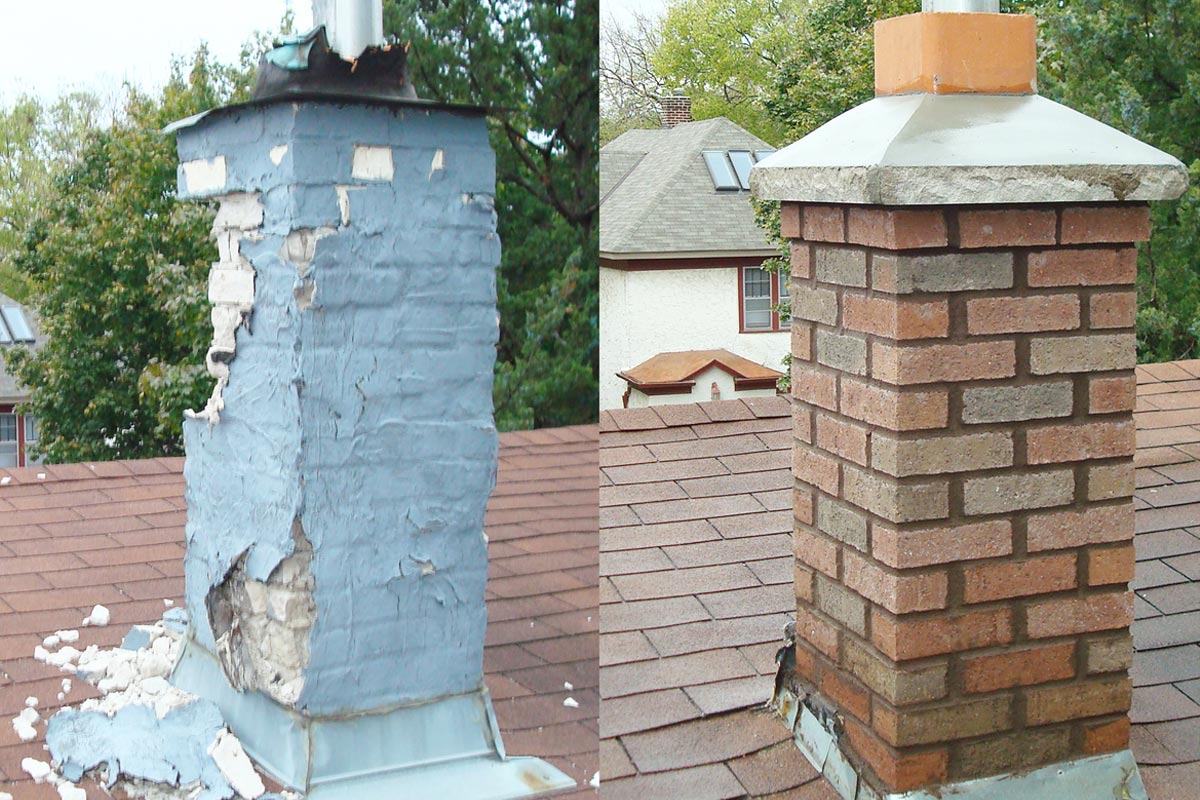
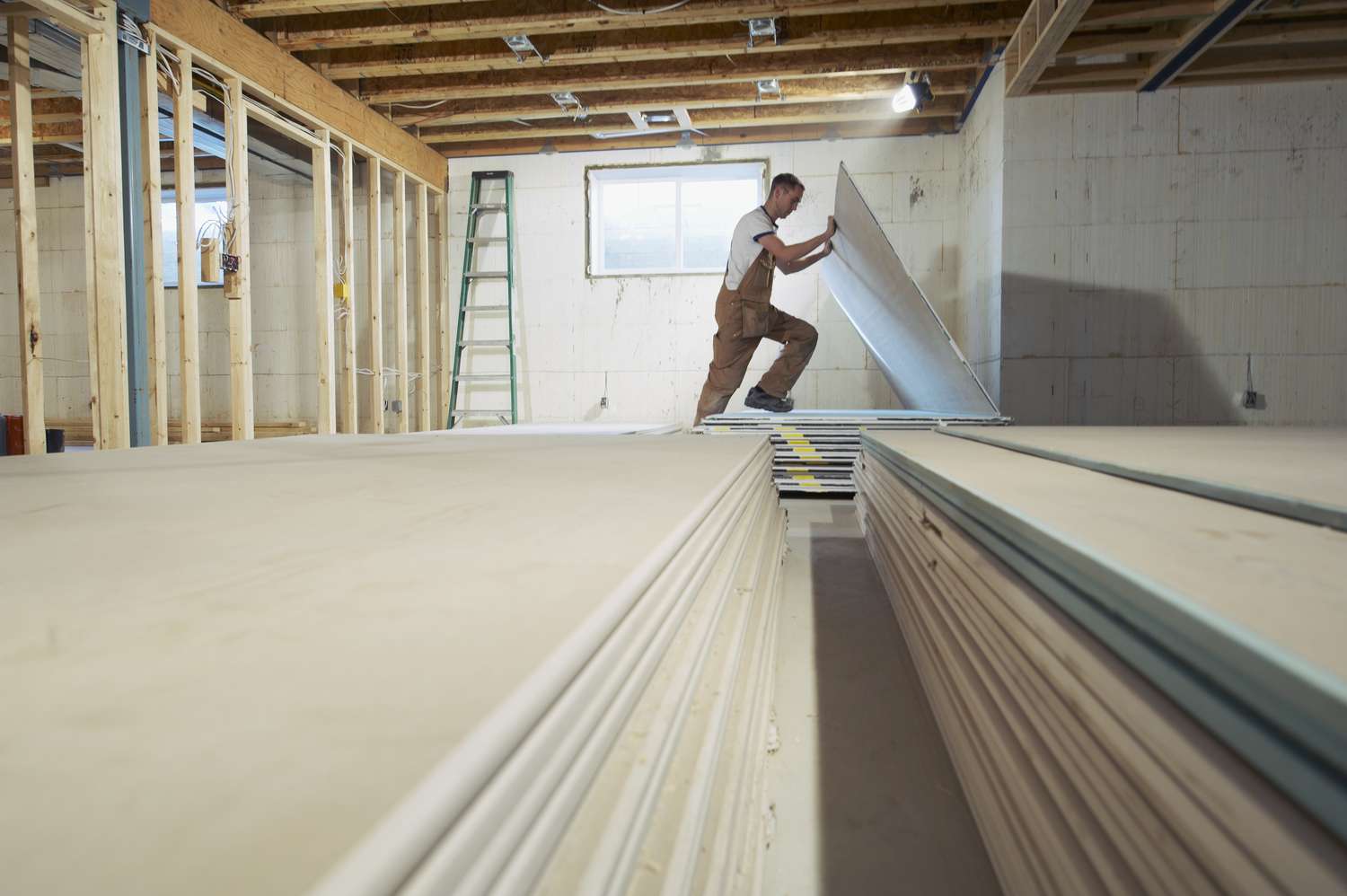
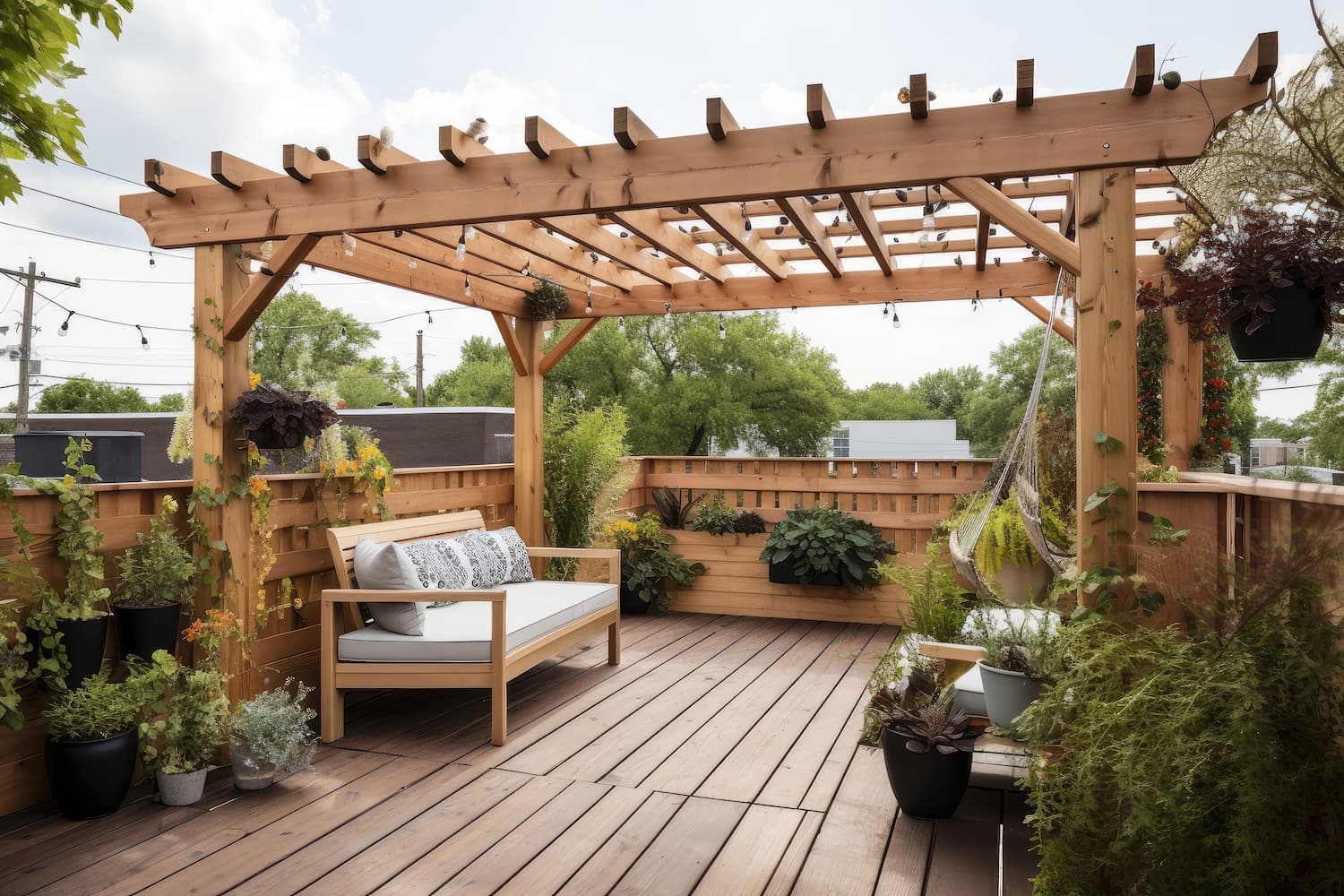
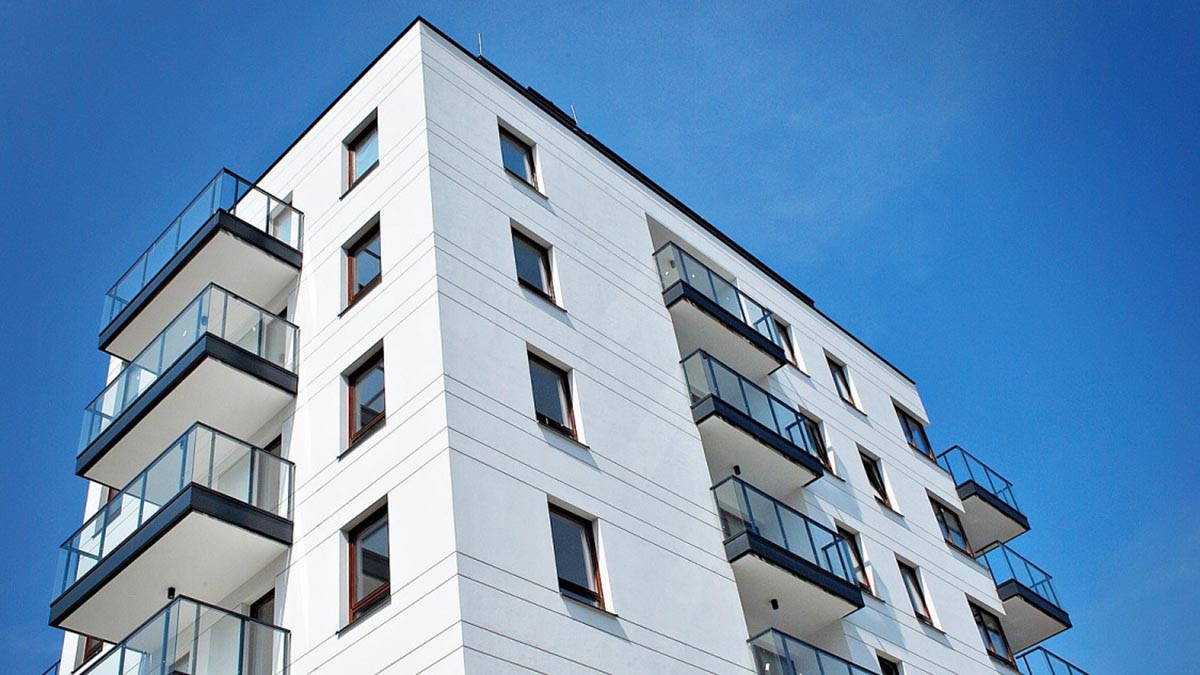
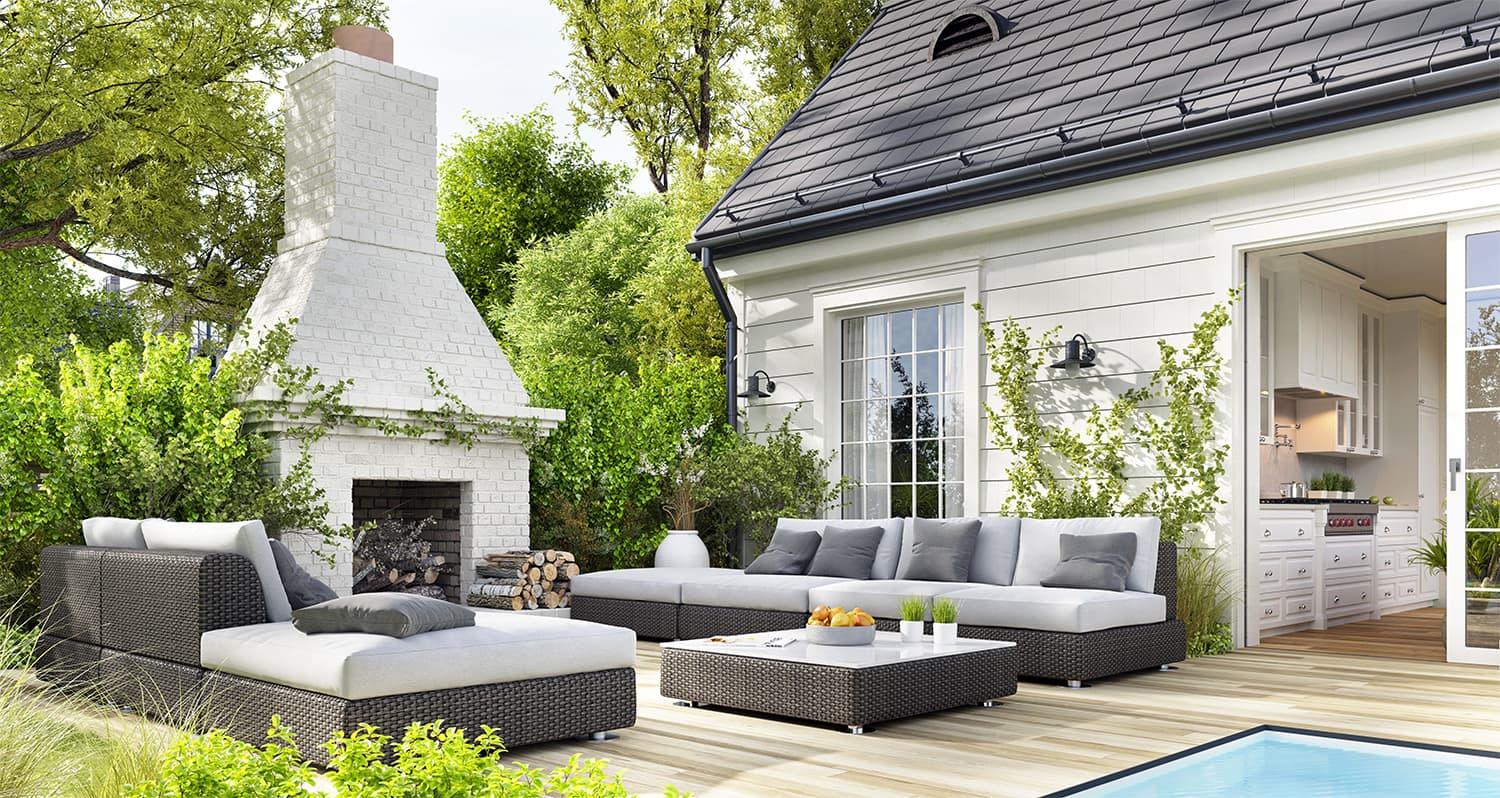
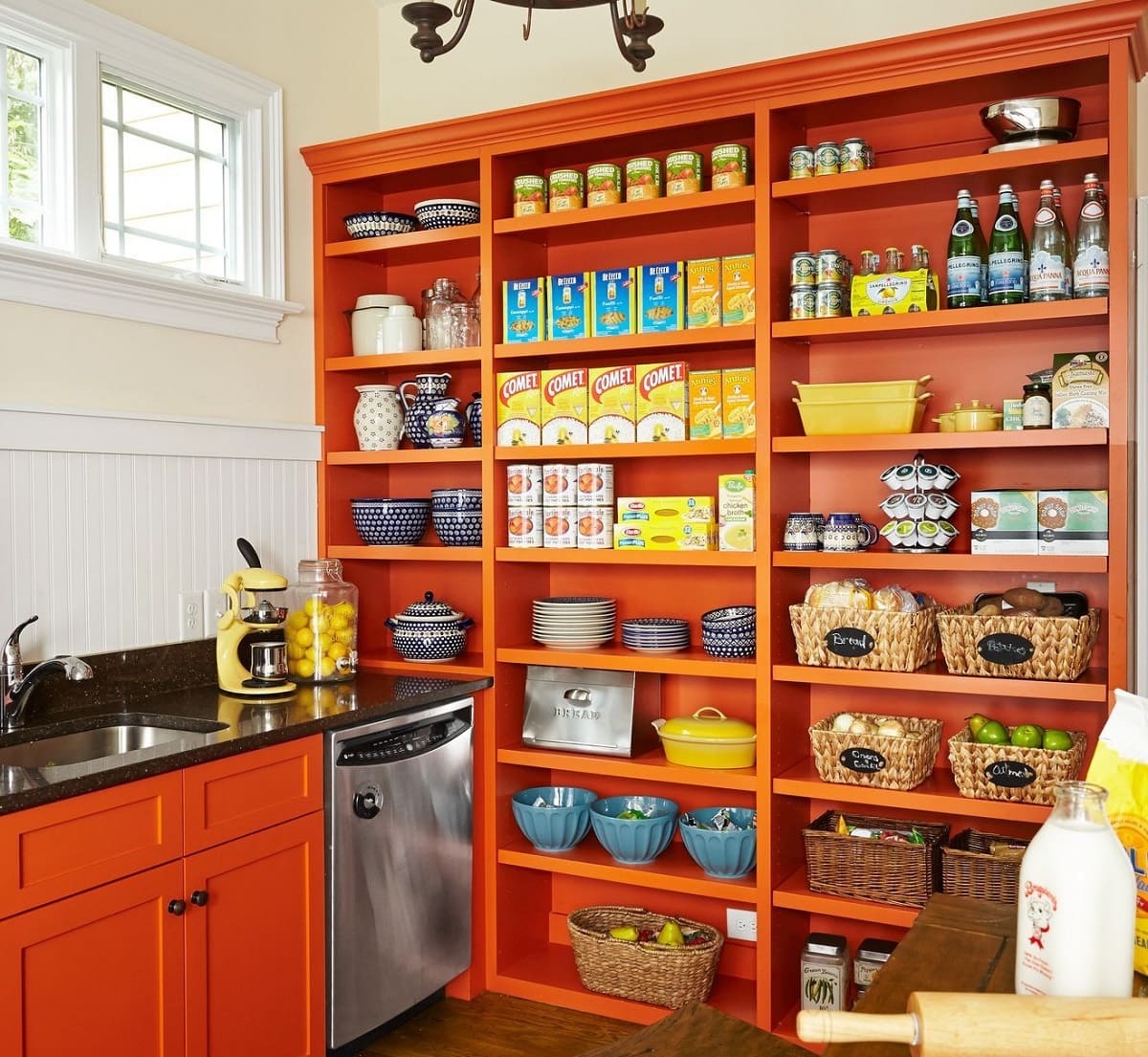
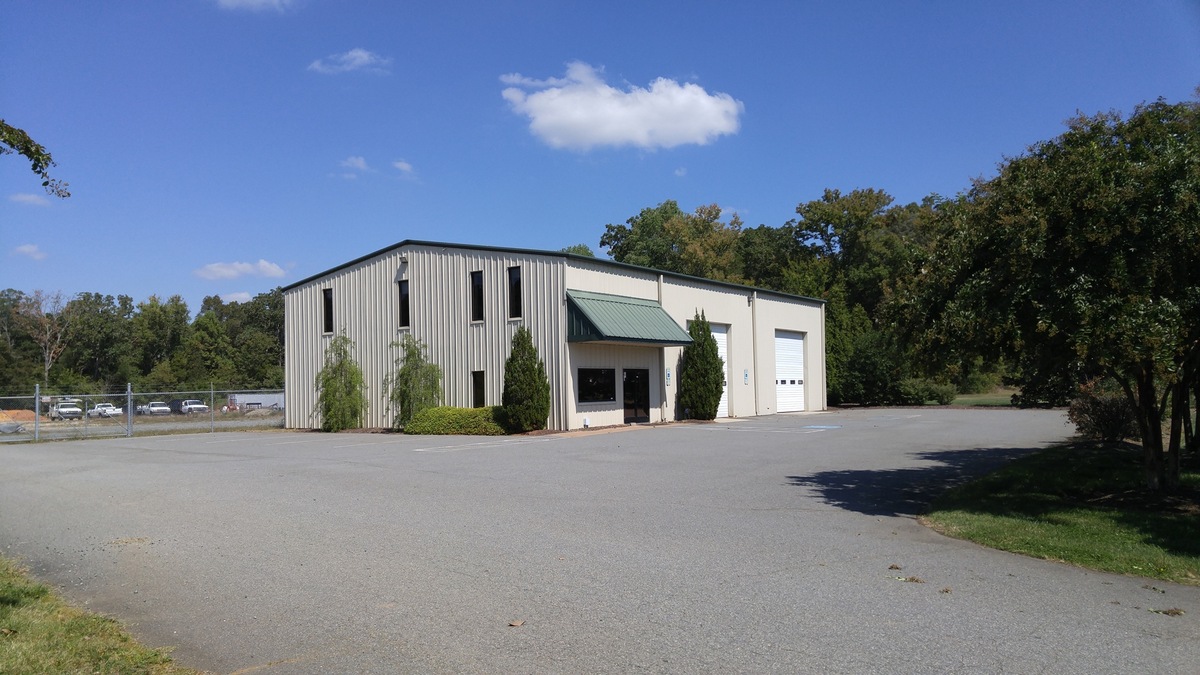
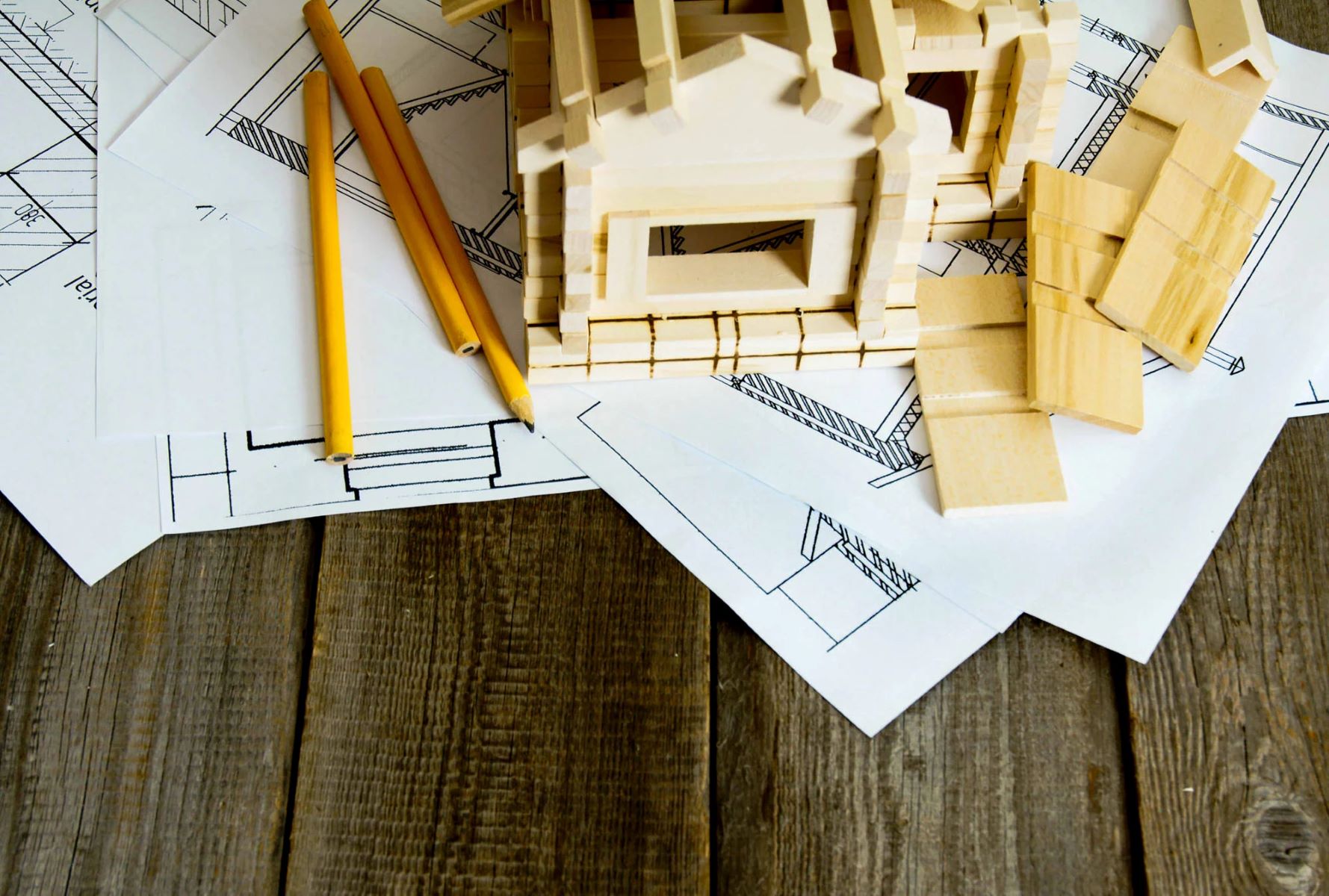
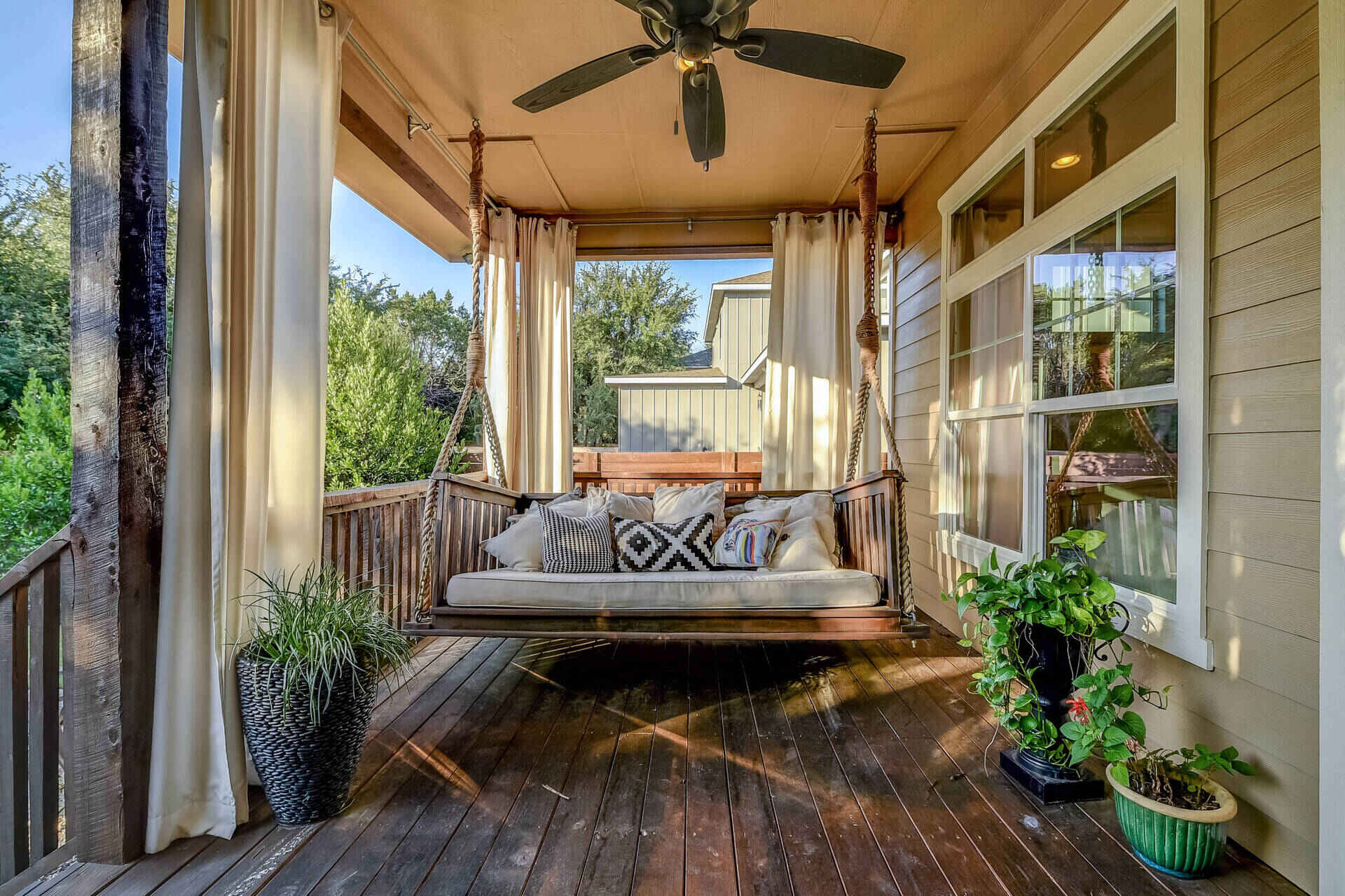
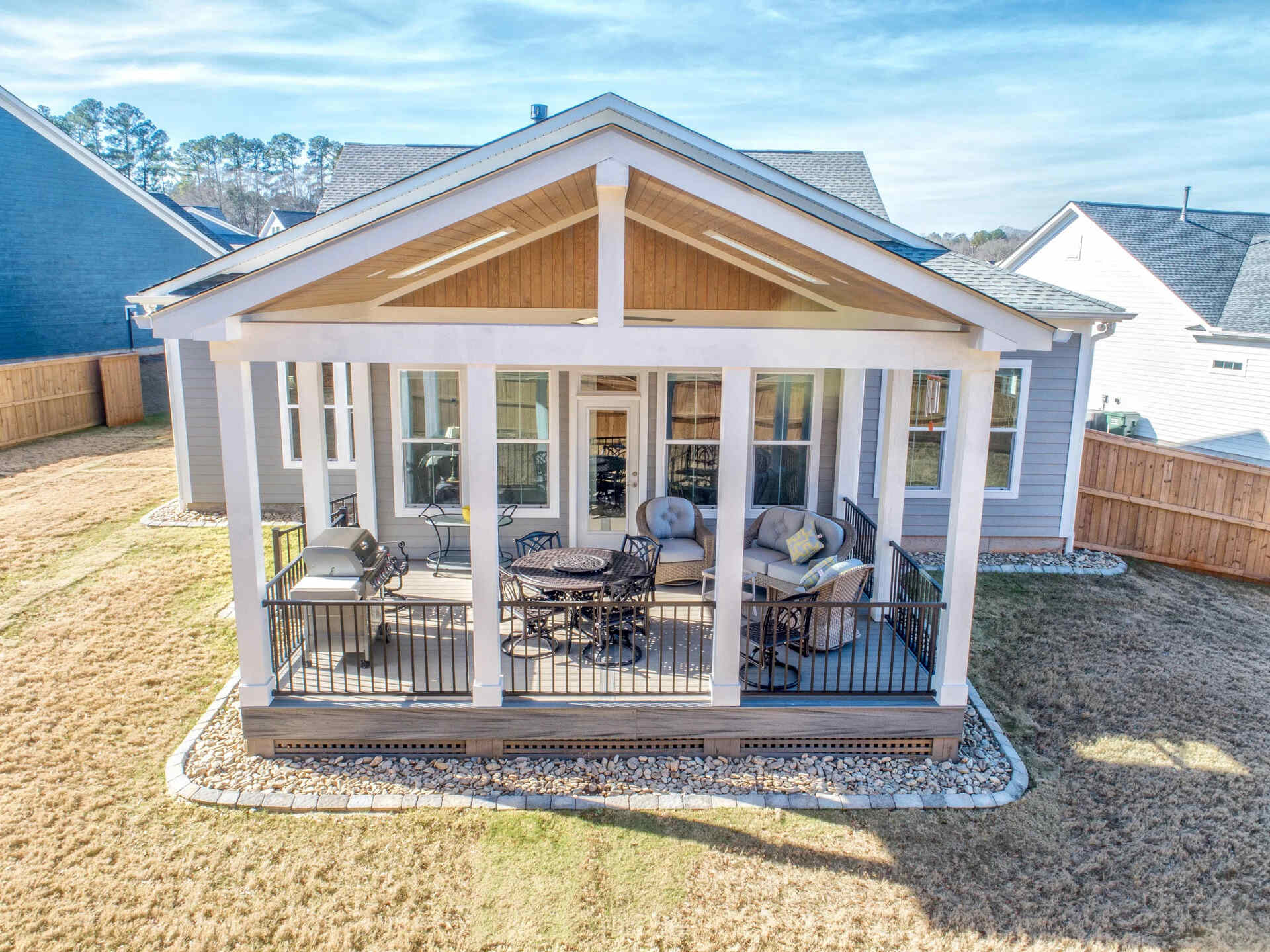
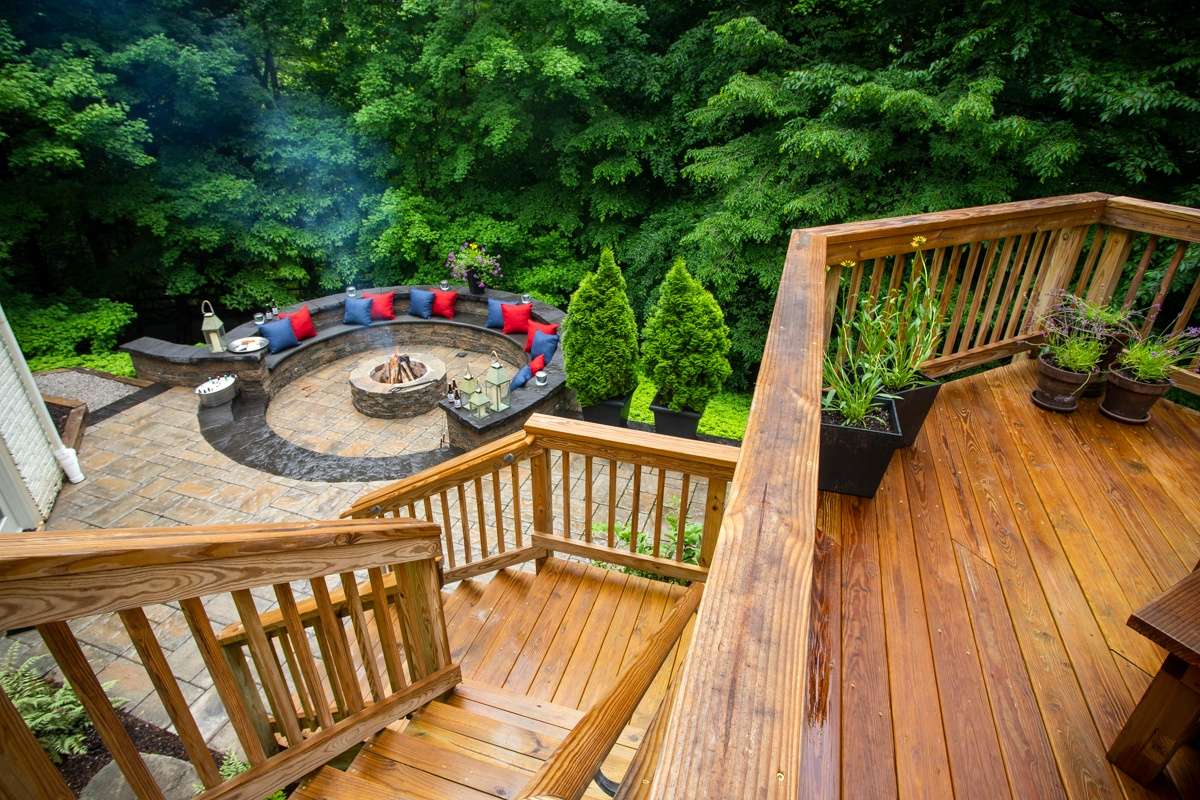
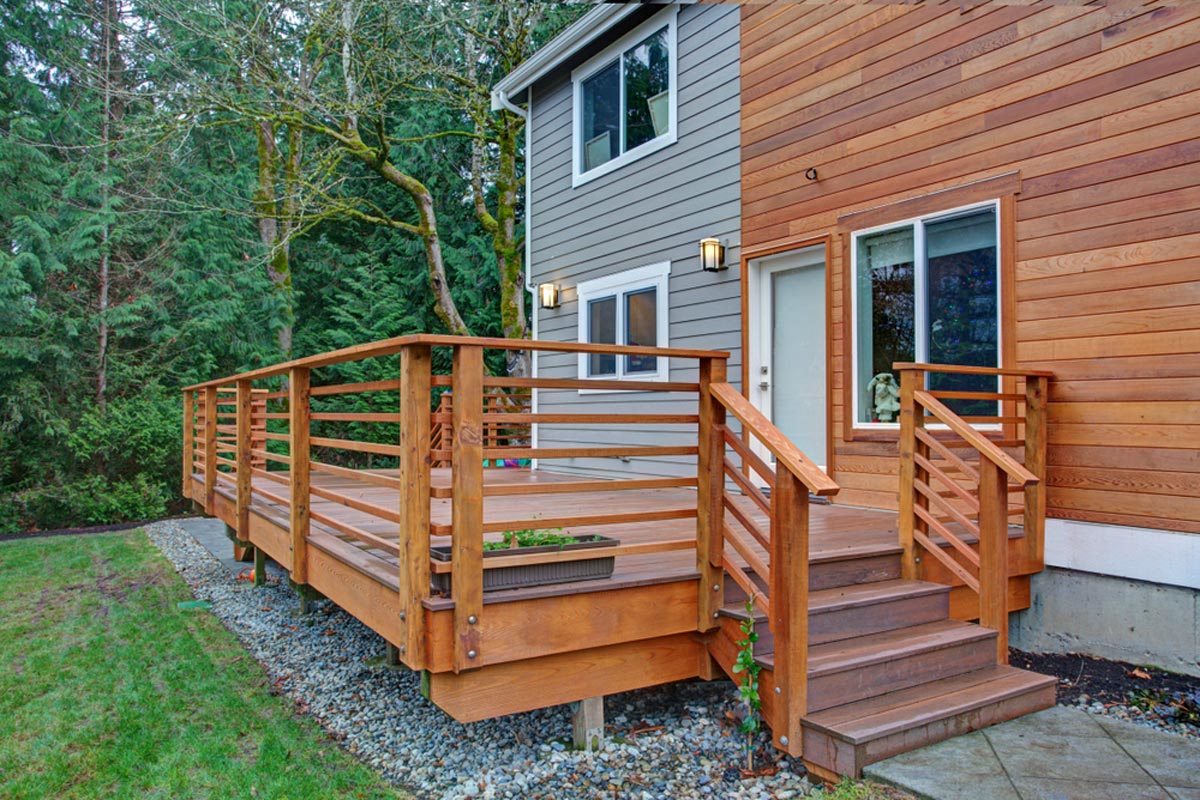

0 thoughts on “How Much Does It Cost To Build An Apartment Building”